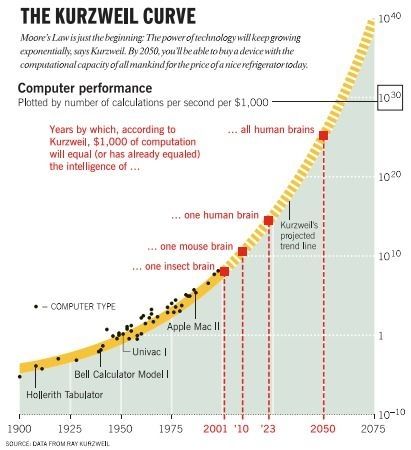Windows Phone has been dead for a good year now, and Microsoft co-founder Bill Gates has decided it’s also time to move on. In an interview with Fox News Sunday (spotted by On MSFT), Gates reveals he’s now using an Android phone. While Gates doesn’t reveal the exact model, he does note that it has “a lot of Microsoft software” on it, which could suggest it’s a special Microsoft Edition Samsung Galaxy S8 handset with bundled software.
Microsoft started selling the Samsung Galaxy S8 handset in its retail stores earlier this year, and it includes apps like Office, OneDrive, Cortana, and Outlook. Any Android phone also supports these apps, but Microsoft’s customized S8 does suggest the company might continue to offer this for other Android devices in the future.
While Gates is switching to Android, he’s still not interested in an iPhone. Gates famously banned iPhones and iPods at home in the past, but he does admit that Steve Jobs was a “genius” in the Fox interview. Gates is still using Windows-based PCs, but he’s still not switching over to an iPhone, despite the Steve Jobs praise.




